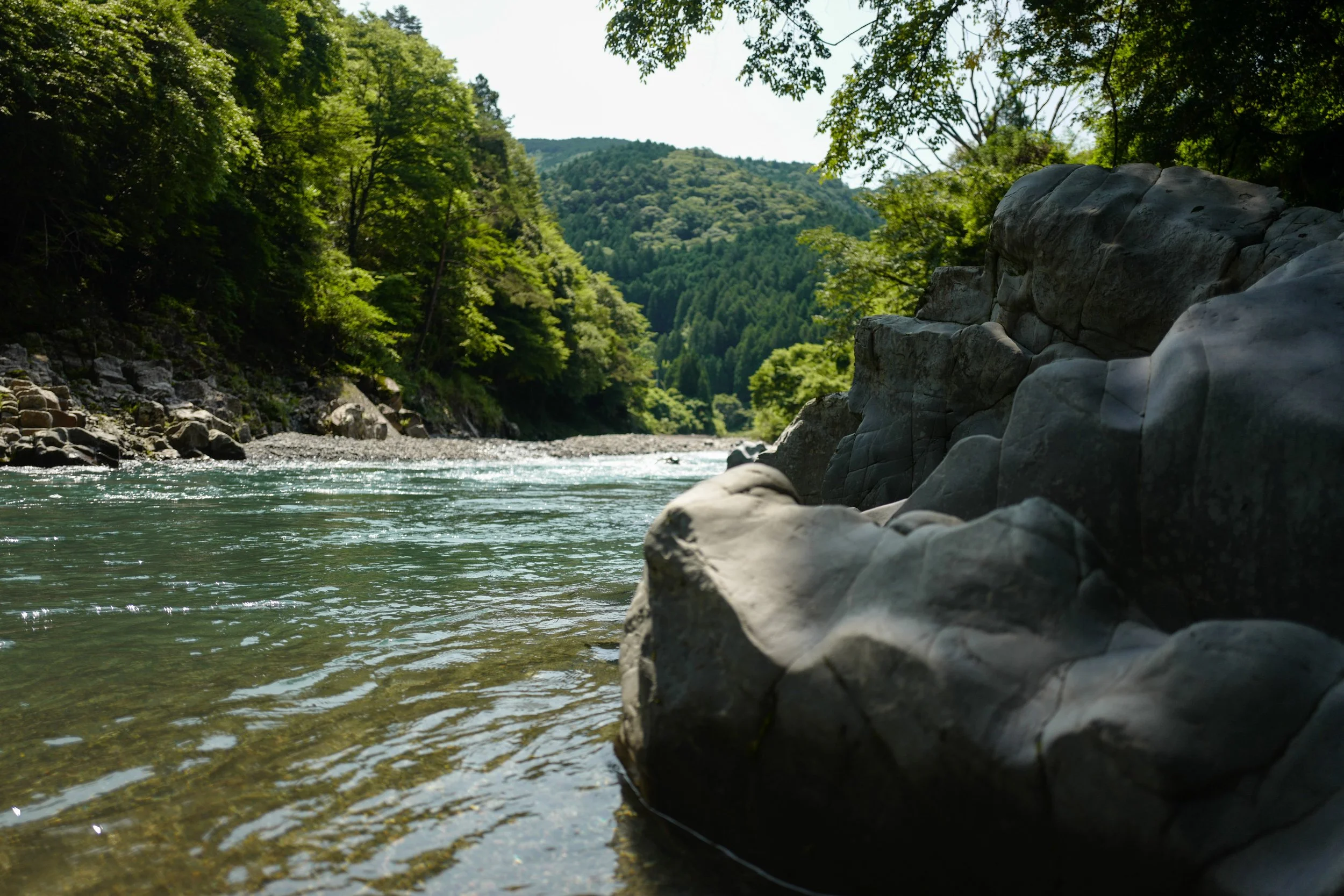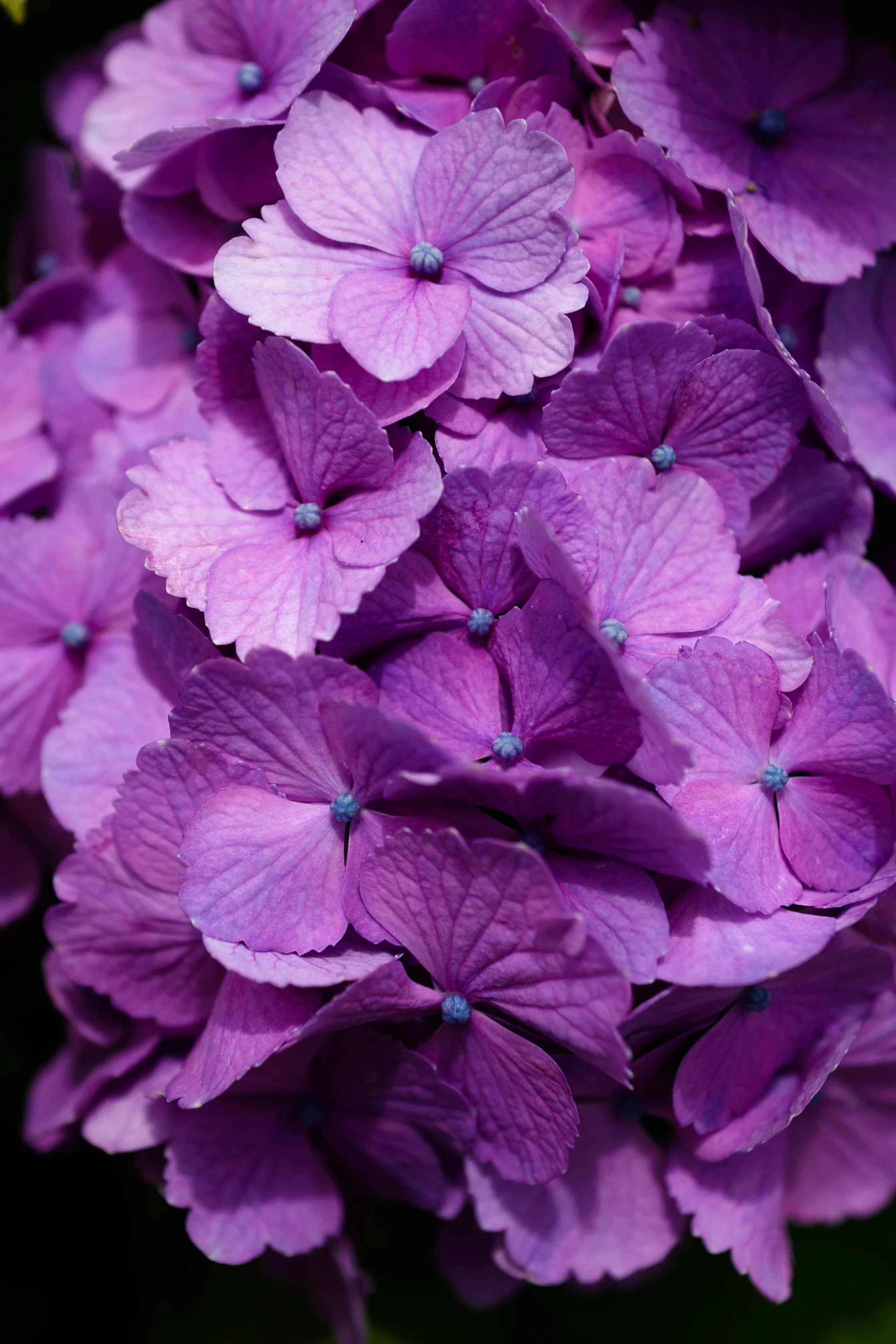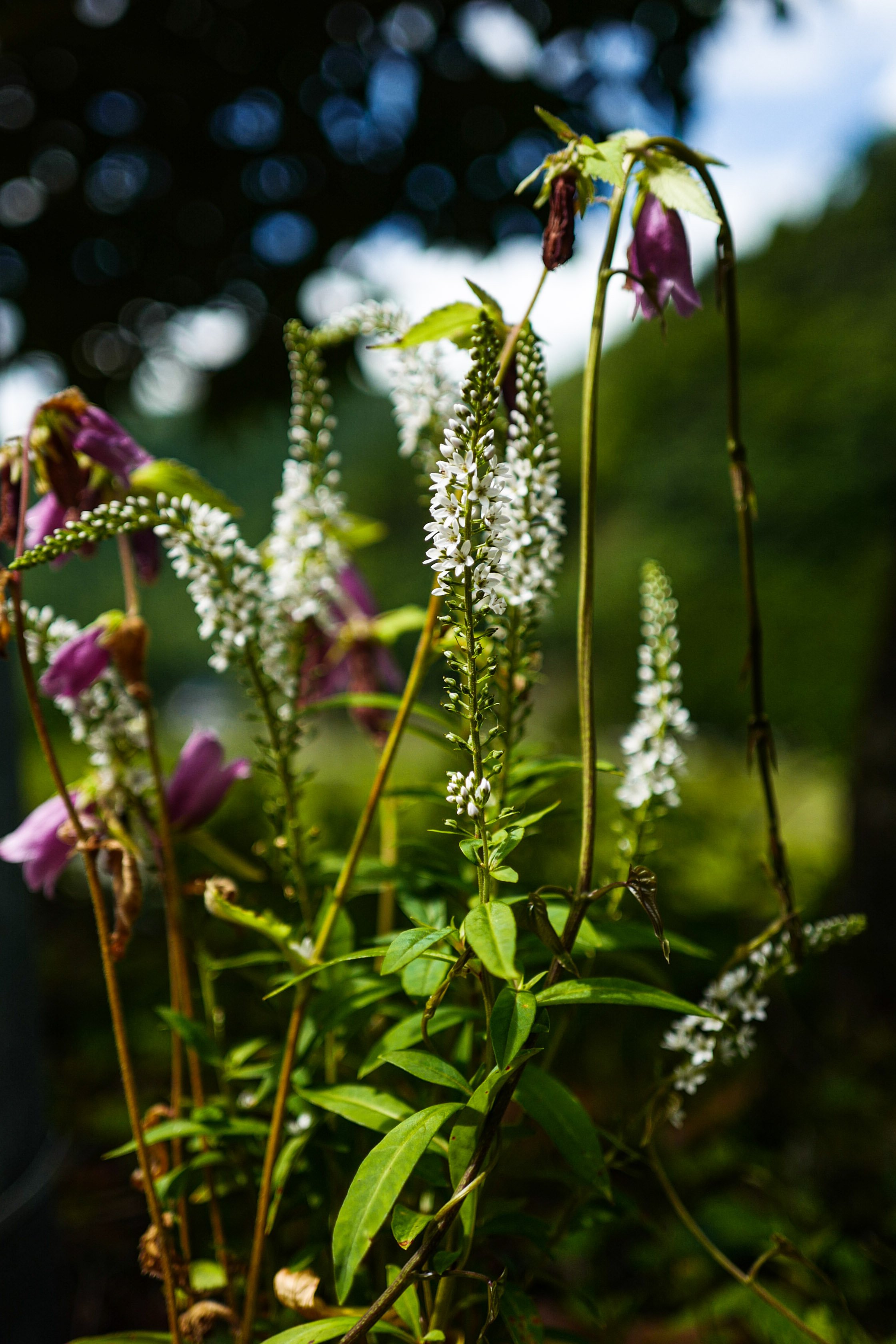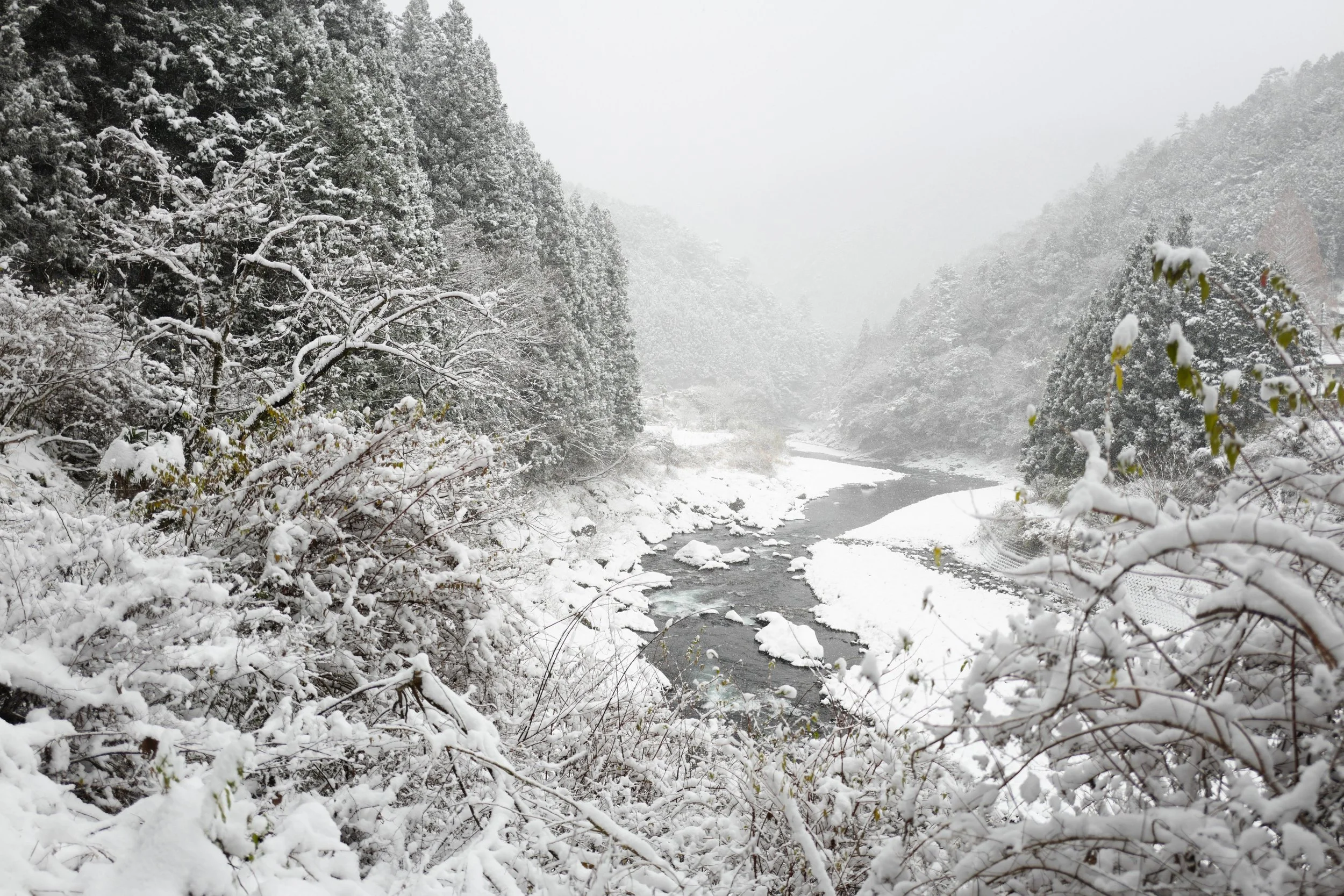What can do you do at Ryunohara?
Swim. Drive. Eat. Walk. Listen. Plant. Breathe.
The Kumano region has long been regarded as Japan’s spiritual heartlands, for it has been the land of myths about the first Emperor of Japan and his guardian, the legged crow. It’s also where Kukai, the founder of Shingon Buddhism, discovered a restful mountain thanks to a black dog and white dog. Ryujin, where we are, is where the Heikei clan sought quiet livelihoods after the violent Genpei War that ended in 1185. Explore Japan’s spiritual heartlands from the very centre of it.
Ryunohara is in the very centre of the Kii Peninsula, putting us no more than 2 hours away than the best the region has to offer.
I drive.
Rural Japan is well-connected by bus links, and we even have one of Japan’s longest bus services (6.5 hours over 168 stops) passing through the region, but services are few and far between. This means that you could get stuck at one location if you miss just one connection.
We recommend renting a car at Nanki-Shirahama Airport, Kii-Tanabe Station, or Kansai International Airport, so that you may explore the Kumano heartlands at your own pace.
To drive in Japan, you need a valid International Driver’s Permit, your driver’s license, and you must carry your passport with you when you drive.
I don’t drive.
If you don’t drive, consider coming for one of our all-inclusive 6D5N Retreats. They are designed to showcase the best the region has to offer, as well as intimate look at life in one village in rural Japan.
About a third of our guests who book the Hatago directly come without their own transport and are picked up from Kii-Tanabe Station. They usually make it a point to take their days at a more relaxed pace, taking short walks around the area after breakfast, making their own lunch supplemented with fresh produce and our homegrown Ryunohara rice, and read or chat before dinner. If you wish to stay put and simply breathe in the mountain air, there’s an itinerary for you too.
FAQ
When is the best time to visit?
Anytime is a good time to visit! Everyone has different preferences, so while someone’s perfect holiday might be to bake in the midday sun by the Hidakagawa River while nursing a beer from Voyager Brewing, you might enjoy reading a book at our main dining hall where tatami mats and shoji screens diffuse the soft, white winter light. Read on for more timing-related information.
When do the flowers bloom?
The ume blossoms at Ryunohara bloom around the end of February, the sakura blossoms along the river come up around end March to the first of April. The peak flowering season begins mid-April and lasts all the way till June. We get lots of lilies from July to September, and rice, with its unique perfume, wafts through the mountains in August.
Are there hikes to do within walking distance?
Ryujinmura (our village) is in the middle of steep mountains. The Okuhechi hike, which leads on to the UNESCO-listed Nakahechi route of the Kumano Kodo Pilgrimage Path, passes through Ryujinmura, and the nearest trailhead is just 1.6km away from Ryunohara. However, it is a physically-challenging route that is not recommended for beginners. There are 2 easy walks we recommend for you to get to know our area.
What are the temperatures like?
Here are the average daily lows and highs for Ryujinmura compiled by the Japan Meterological Agency over the last 20 years.
January: -1.6ºC (29ºF), 7.5ºC (46ºF)
February: -1.0ºC (30ºF), 9.1ºC (48ºF)
March: 1.5ºC (34ºF), 13.1ºC (56ºF)
April: 6.1ºC (43ºF), 18.3ºC (65ºF)
May: 11.1ºC (52ºF), 23.0ºC (73ºF)
June: 16.0ºC (60ºF), 25.3ºC (78ºF)
July: 20.2ºC (68ºF), 29.0ºC (84ºF)
August: 20.7ºC (69ºF), 30.4ºC (87ºF)
September: 17.4ºC (63ºF), 26.9ºC (80ºF)
October: 11.4ºC (53ºF), 21.8ºC (71ºF)
November: 5.2ºC (41ºF), 16.1ºC (61ºF)
December: 0.3ºC (33ºF), 10.0ºC (50ºF)
Can the river be accessed from Ryunohara?
Yes, we are right by the Hidakagawa River, which is lined by trees, and retains its natural rock and pebbles in many sections. There are 2 access routes from Ryunohara, both of which take you down to the riverbed in less than 5 minutes. We also have two inflatable stand-up paddle boards (SUPs) for loan at no cost, which you could use to float down the river between May to October.
Does it get very snowy?
Most years we get no more than a few snow days between December and February, but when it snows the accumulated snow can reach 15cm (0.5ft). You will need snow tyres if you are driving here, and have snow chains on standby if you plan to go to Mt Koya via the Ryujin-Koya Skyline.








